Moon walkers Part 2
Astronauts as parrots?
In 1969 media networks were not given a direct feed of the original moon landing footage. Instead they were obliged to film from images provided by NASA. Viewers watched a broadcast, “made with a TV camera taking pictures of a video,” -a procedure which contributed to the low and ghostly quality of the images.
The standard of this footage is disappointing when it is considered that there is high quality colour footage of the liberation of Paris from 1944, and also of the first spacewalk, by Russian Alexey Leonov, from 1965.
Thankfully the astronauts were able to take perfectly exposed, focused and composed photos whilst, “wearing spacesuits, gloves and helmets, with cameras mounted to their chest, while adjusting to an environment that featured no air, greatly reduced gravity, and extreme heat and cold.”
The Apollo 11 astronauts later seem to have been affected by some sort of malaise. The first men on the moon appeared despondent or even sullen at the press conference celebrating their triumph. After the mission Neil Armstrong became reclusive and Buzz Aldrin suffered from depression and a drink problem. At the press briefing the third member of their crew, Michael Collins appears to be rebuked by Armstrong for saying, “I don't remember seeing any,” in answer to a question about stars from British astronomer Patrick Moore. Over the years astronauts have provided a variety of contradictory answers about the visibility or otherwise of stars from space.
Within a year of the Apollo 11 mission all three participating astronauts had resigned from NASA. This followed the high profile resignations of NASA director James Webb, deputy director Robert Seamans, and experienced astronaut Walter Schirra, in 1968. Pioneering astronaut Gus Grissom, who was an outspoken critic of the inadequacies of the space program in relation to President Kennedy’s 1969 moon landing deadline, burned to death with his two crewmates in the Apollo 1 command module in 1967.
When questioned by investigator Bart Sibrel, in separate incidents, Armstrong refused to swear on the Bible that his account of the lunar mission was true, Aldrin punched Sibrel in the face, and Apollo 14's Ed Mitchell kicked him in the backside and threw him out of his house. As Sibrel departed, Ed Mitchell’s son was recorded asking, “Want to call the CIA and have them waxed?”
As one of the few men to have ever passed through them, Alan Bean from Apollo 12 was strangely ignorant of the van Allen radiation belts and of any efforts made to protect him from their effects.
The behaviour of the astronauts in the moon footage was also odd.
Given that only twelve men have walked on the moon and that one wrong move could result in an unpleasant death, the astronauts indulged in reckless clowning.
Further oddities have been observed in the footage. The gravity on the moon is said to be one sixth that of earth and yet when they fell the astronauts struggled to get to up.
Researchers ask, why does the astronaut's press-up not return him to his feet? Why when reaching for a dropped hammer does an astronaut have to jump so high to reach downwards to the ground? Why does astronaut Charlie Duke require his companion John Young to, “push down on my head,” to help him stand up?
The astronauts’ awkward movements resemble those of a trainee in a harness in NASA simulations on earth.
To modern eyes, some of the footage resembles unconvincing twentieth century special effects, in particular that of the Apollo 15 and Apollo 17 lift-offs from the moon.
“After allegedly spending three days on the surface the two astronauts blasted off, went up 69 miles, somehow docked with the command module (that was) travelling at a speed of over 4,000 miles per hour, and then they all flew back to earth for a round-trip of 480 thousand miles. Doesn't this seem a bit beyond 1969 technology?” Jarrah White asks.
Equally impressive was the phonecall President Nixon made from the Oval Office to the Apollo 11 crew on the moon.
A 1965 space walk looks like a stop motion animation and includes a rotating helmet, when the helmets of the spacesuits do not rotate. Strangely, when the moon landing footage was first aired live, it was temporarily labelled as a CBS News simulation.
A number of questions about the authenticity of the footage have been posed by David Percy of the Royal Photographic Society and film-maker Jet Wintzer. Suspicions have not been allayed by the fact that NASA has lost all of its original footage and that there does not appear to be a single photograph of the earth from space, with all NASA’s existing images being artificially created. Moon rock returned by Apollo 11 has also been found to be fake.
The Apollo space programme served to consolidate in the public mind the Enlightenment view of the earth and man's position in relation to it. This was radically different from the paradigms of many previous cultures. The images NASA produced overcame traditional notions of a vaulted sky, a firmament, or heavens above. Rather than having dominion over creation man was conclusively shown to have a miniscule role on a speck of ‘blue marble’ dust in an endless universe. He tumbles aimlessly through a black void.
The Apollo missions were the accomplishment of freemasonic astronauts and world leaders. They were the work of the Nazi rocket scientists spirited out of post-war Germany to the US, in Operation Paperclip.
The public was primed in readiness for the Apollo footage by a series of movies from 1902 onwards, with the scenes and sequences of which the NASA missions displayed similarities.
Catching up with the work of online researchers, analysis presented to Russian president Vladimir Putin at a showcase of Artificial Intelligence, found the Apollo photography to be inauthentic. The photograph of the earth as a 'blue marble' appears to be a concoction, as is also suggested by the changing sizes of the continents on different images.
Neil Armstrong, aware that there is doubt that the moon landings occurred, gave a speech on the 25th anniversary of the Apollo 11 mission. He began by saying that “the only bird that can talk is a parrot and he didn’t fly very well,” before talking of events in which he and his fellow astronauts, “were immersed,” when they were “asked to do the impossible.”
He finishes by saying that, "We have only completed a beginning -we leave you much that is undone. There are...breakthroughs available to those who can remove one of truth's protective layers...Those challenges are yours in many fields... because there lies human destiny."

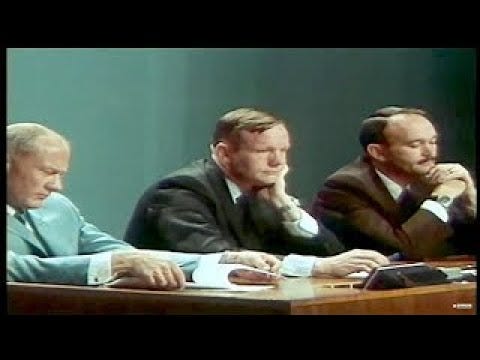
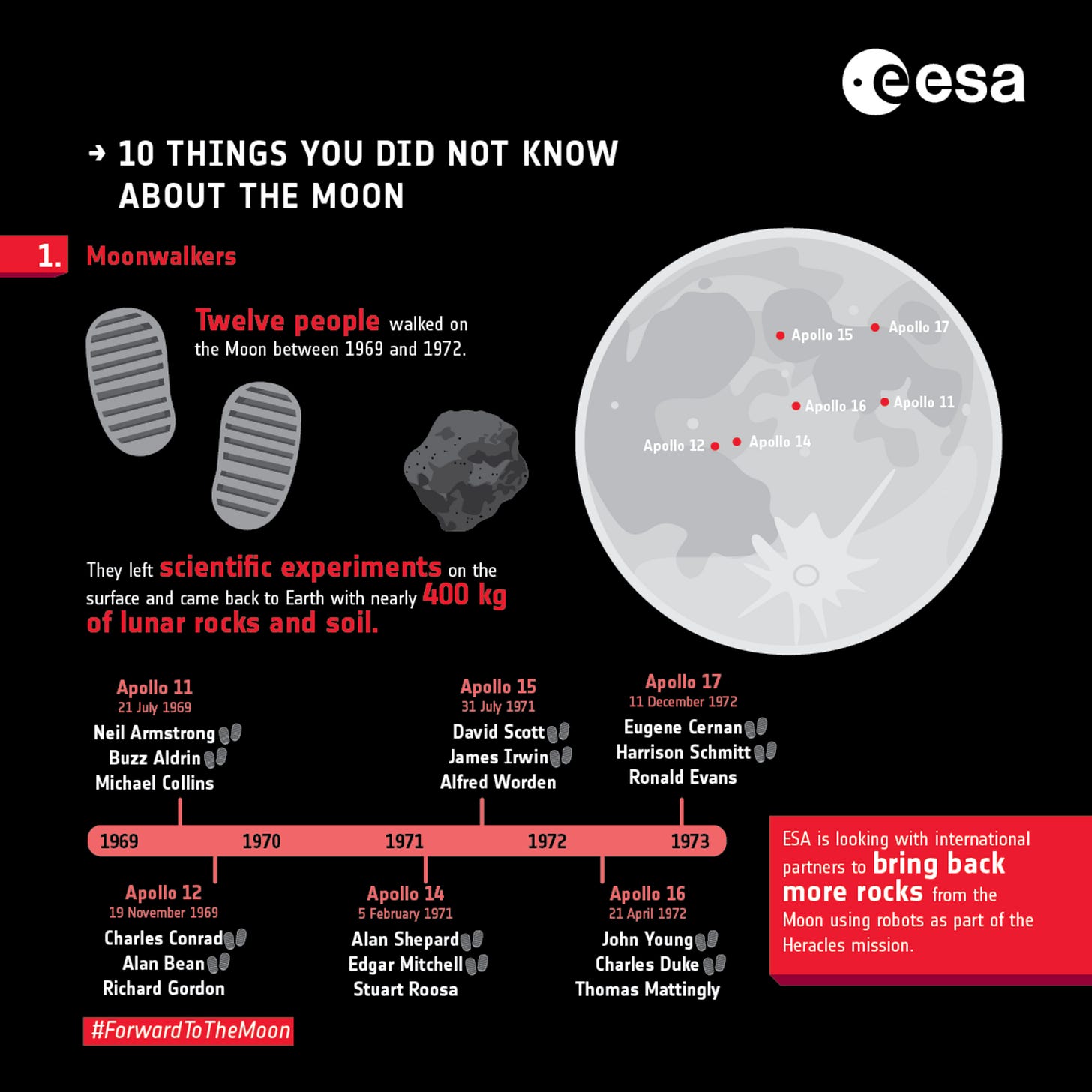

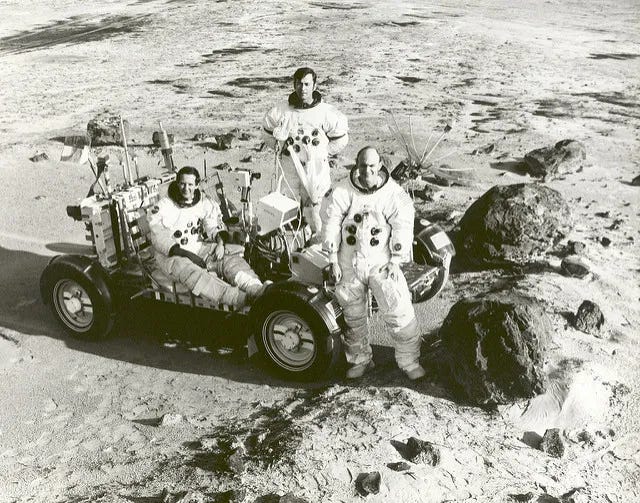
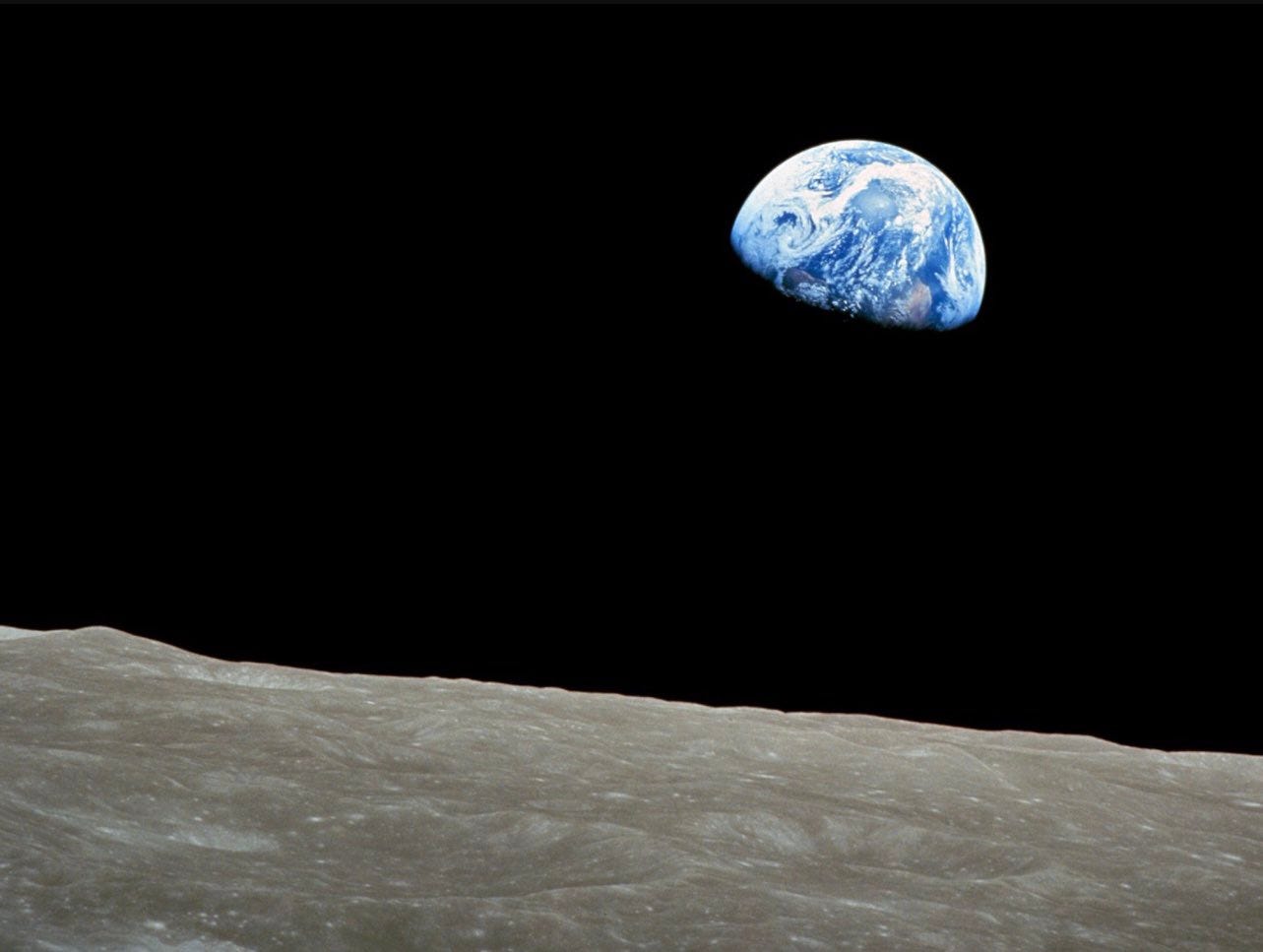
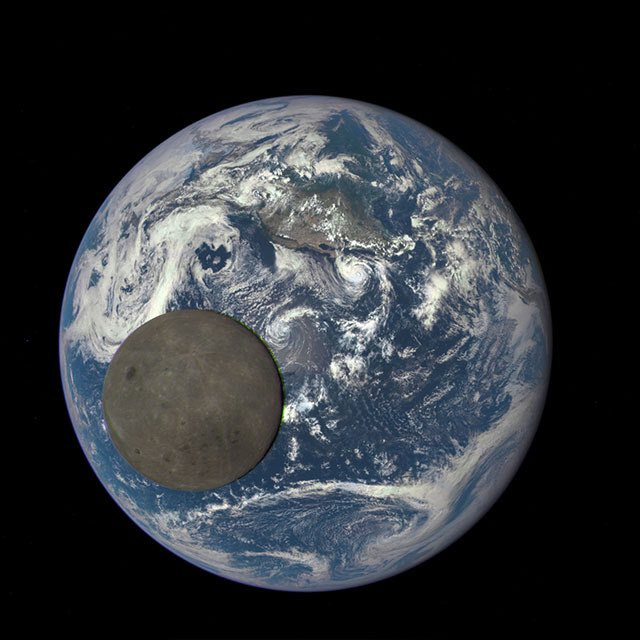
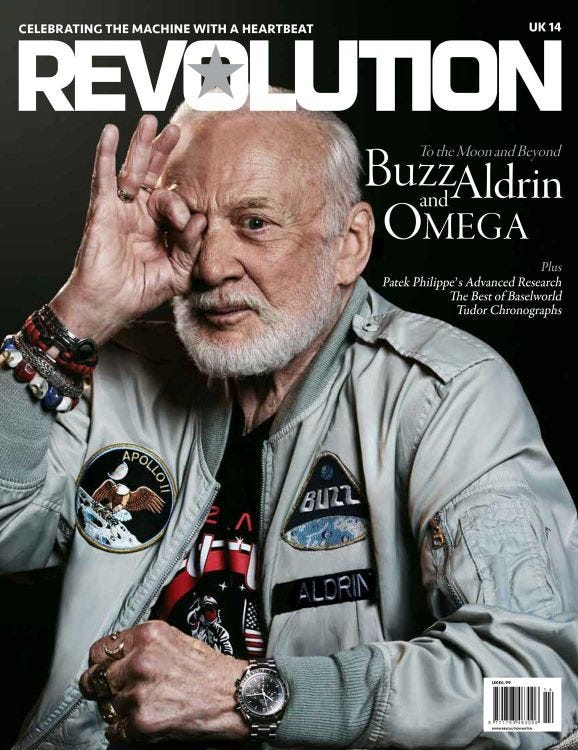
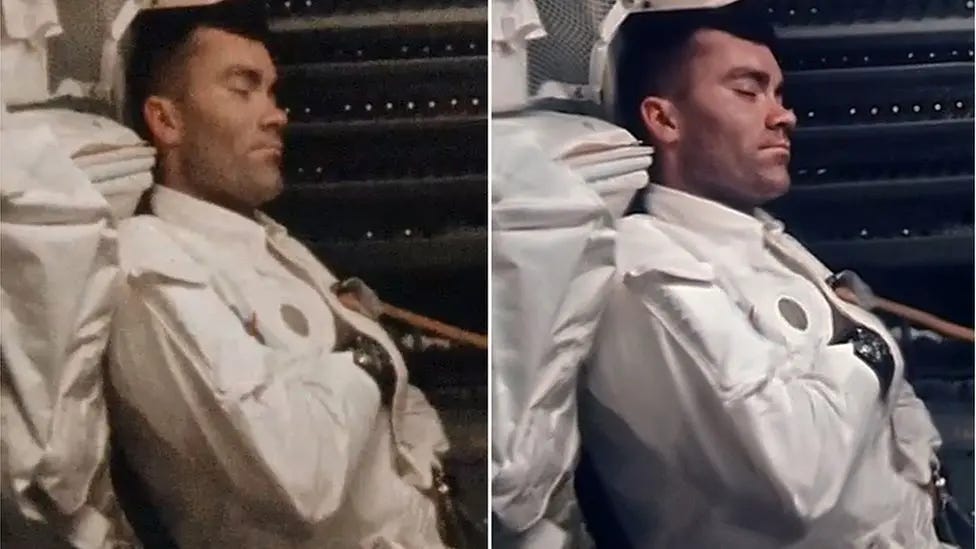
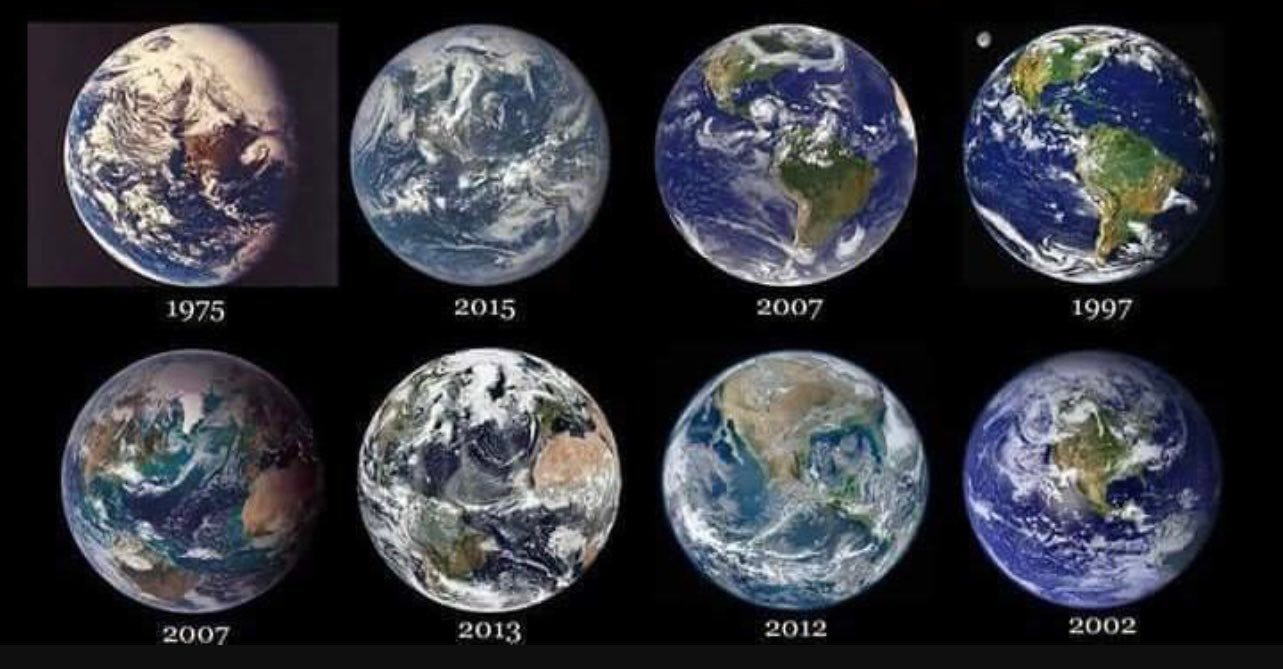
Star Trek too. Seasons 1 to 3 aired 1966 to June 1969 a month before 'the landings'.
Easy to forget how big that was at the time and how much it normalized the nonsense.
Look at all the truthtellers promoted on stage & screen. How many of that circle-jerk of fake-awake Sophists have made their position known on perhaps the most screamingly obvious fraud of all time?
It's not a purity test, it's a litmus test and they all fail.
I must say the comments on the YouTube video of the press conference with the three astronauts were priceless. Looking at the video I have never seen such repressed, uneasy individuals in my life, they looked defeated. And I would agree with one commenter who said it looked like a hostage video, when I was younger I really did believe they had gone to the moon! I feel as if I am living in a real life Truman Show.